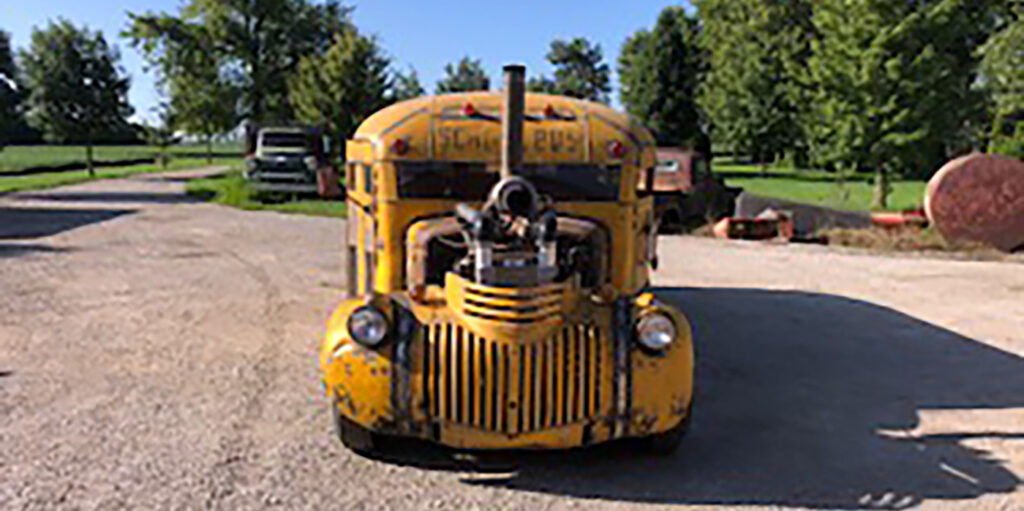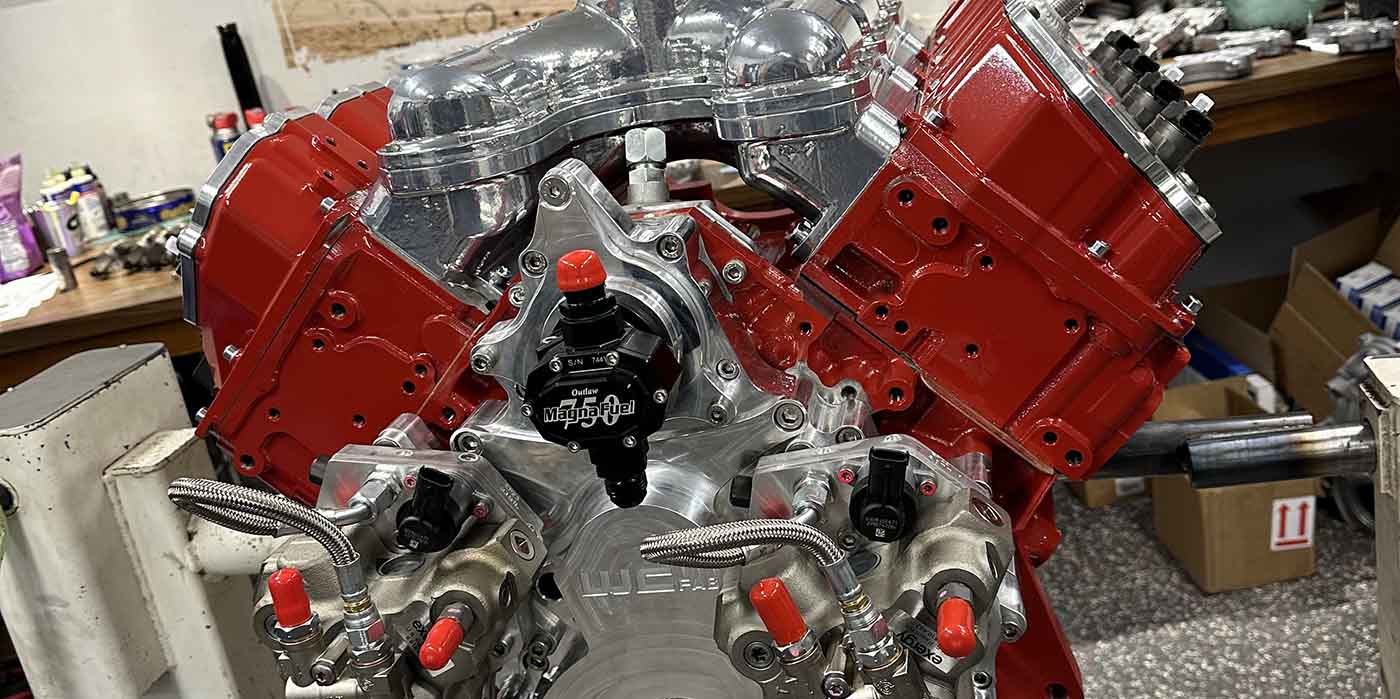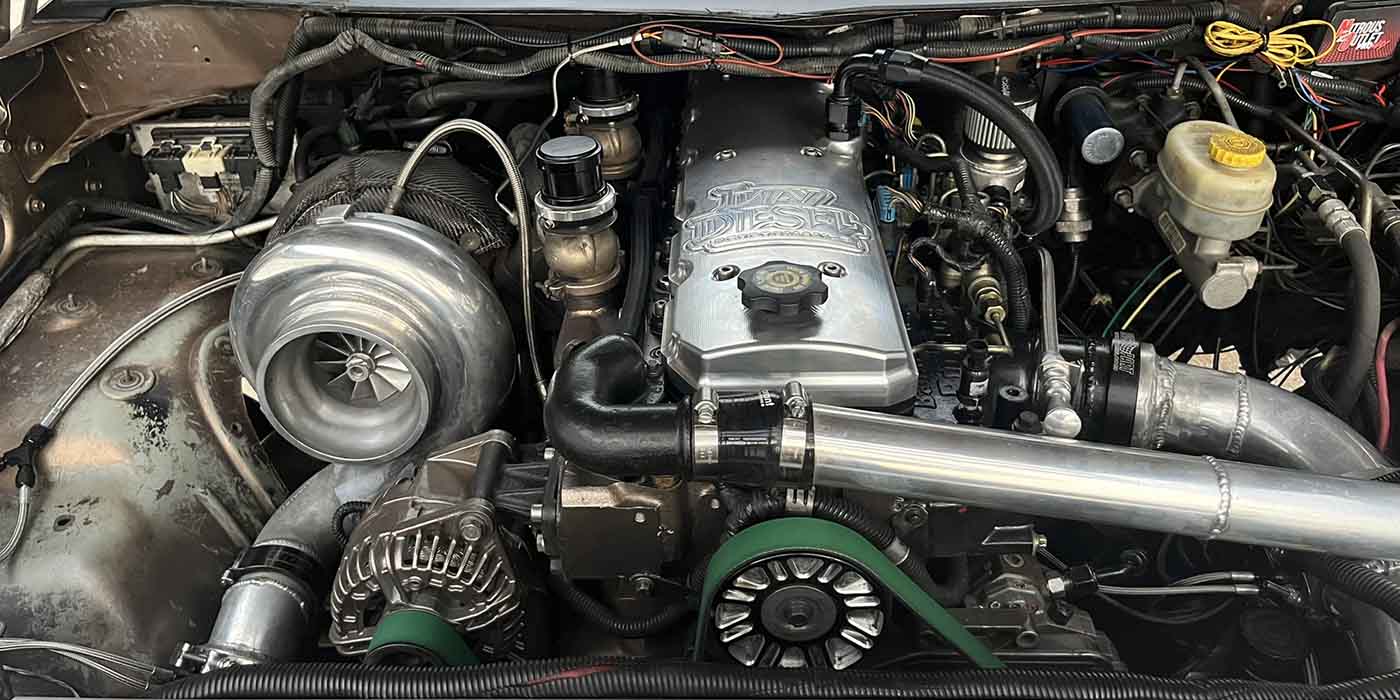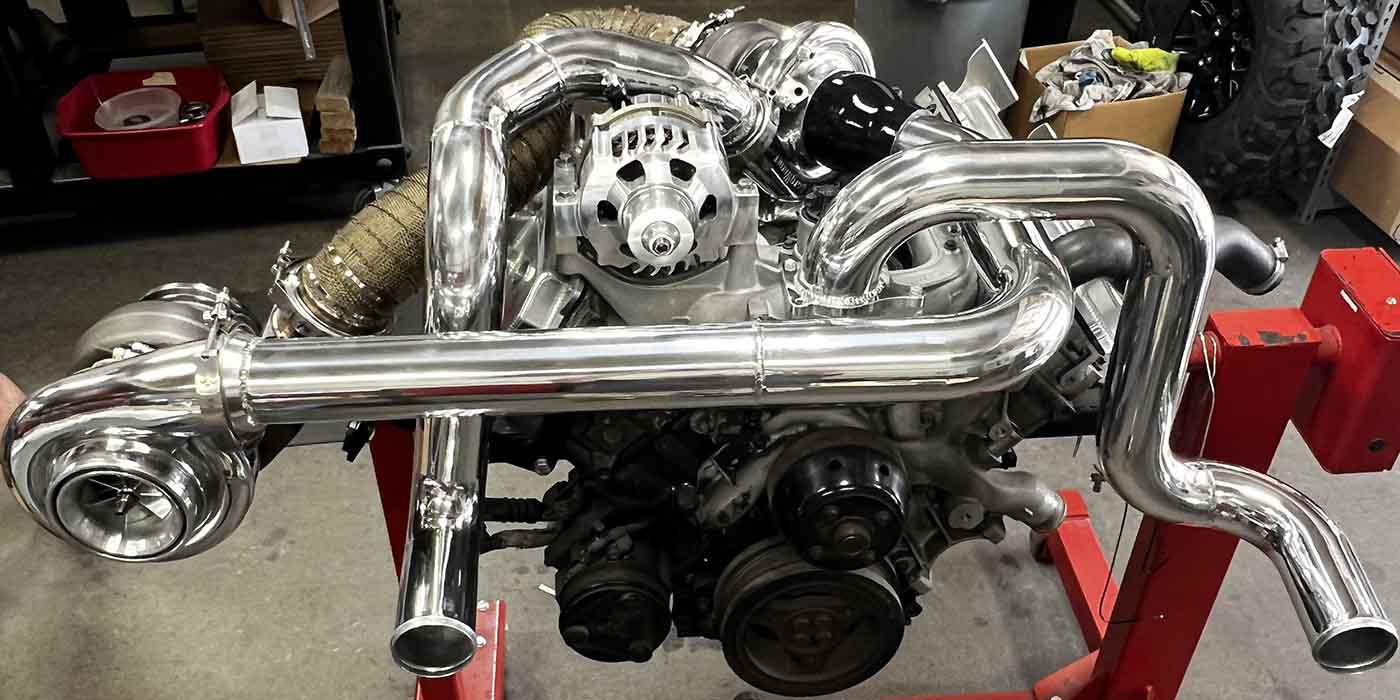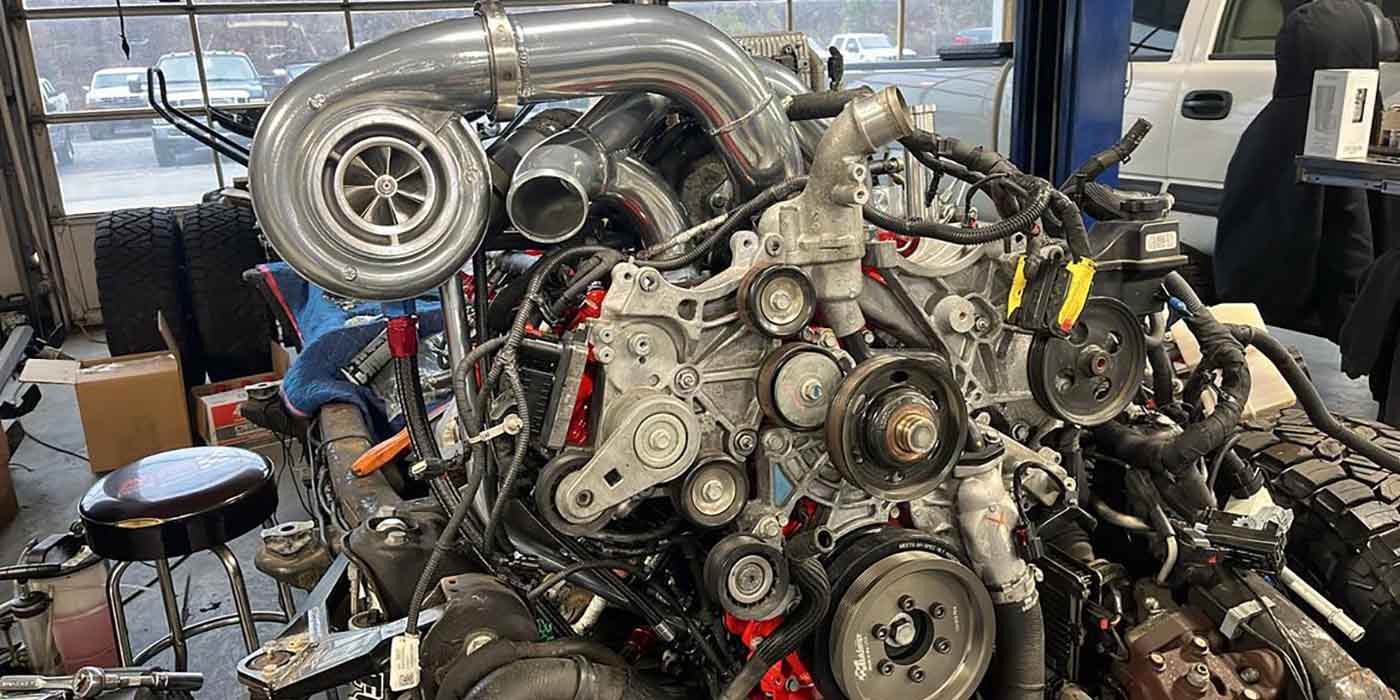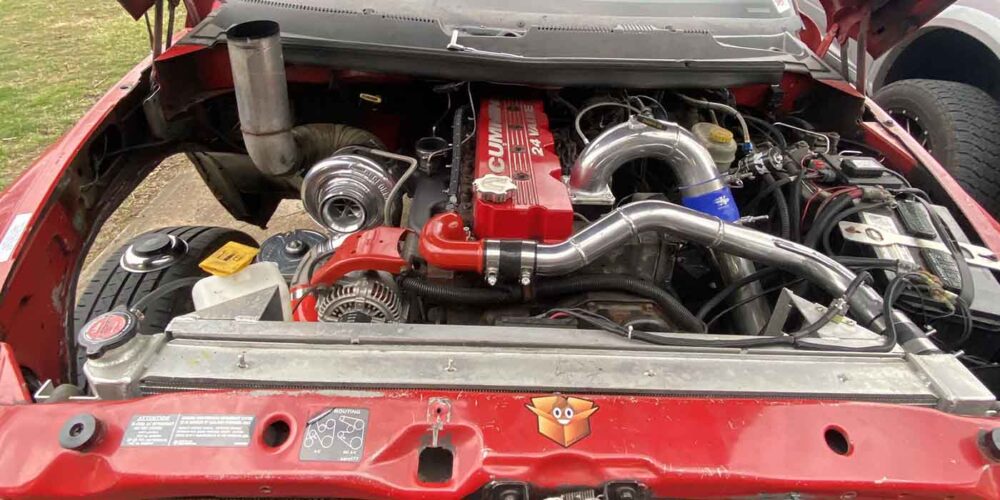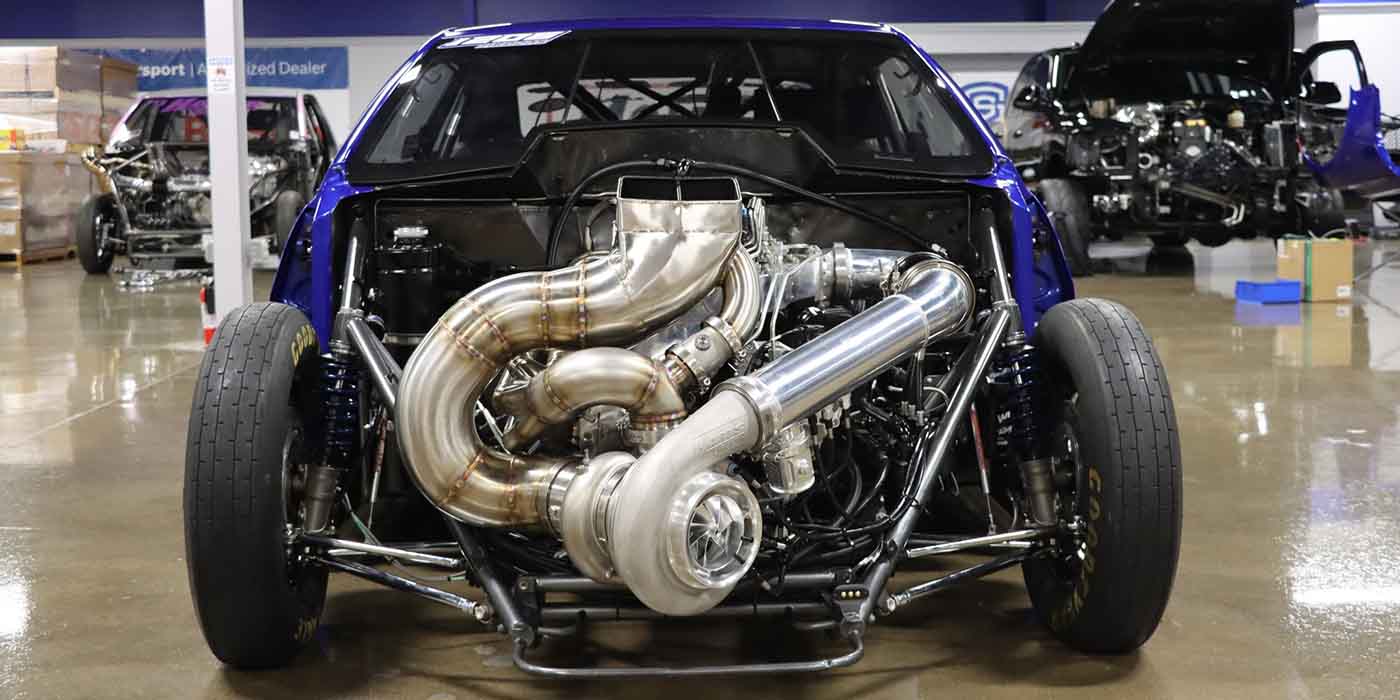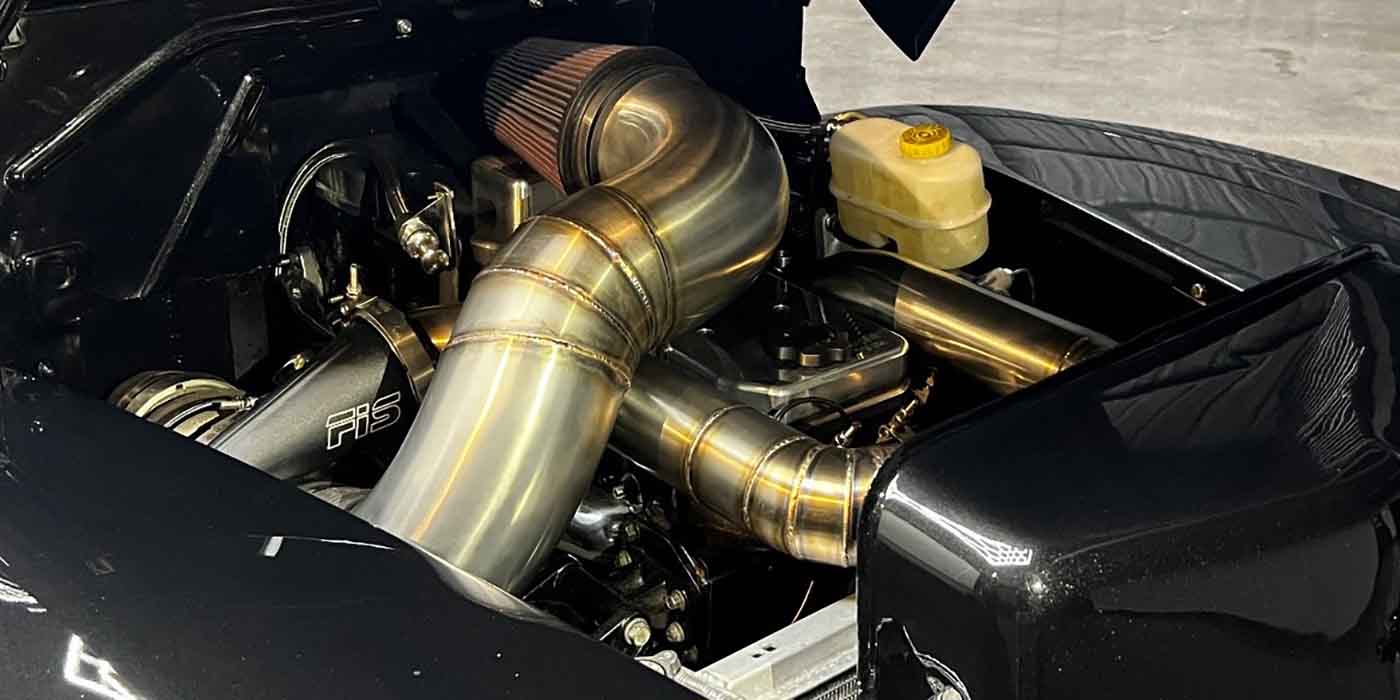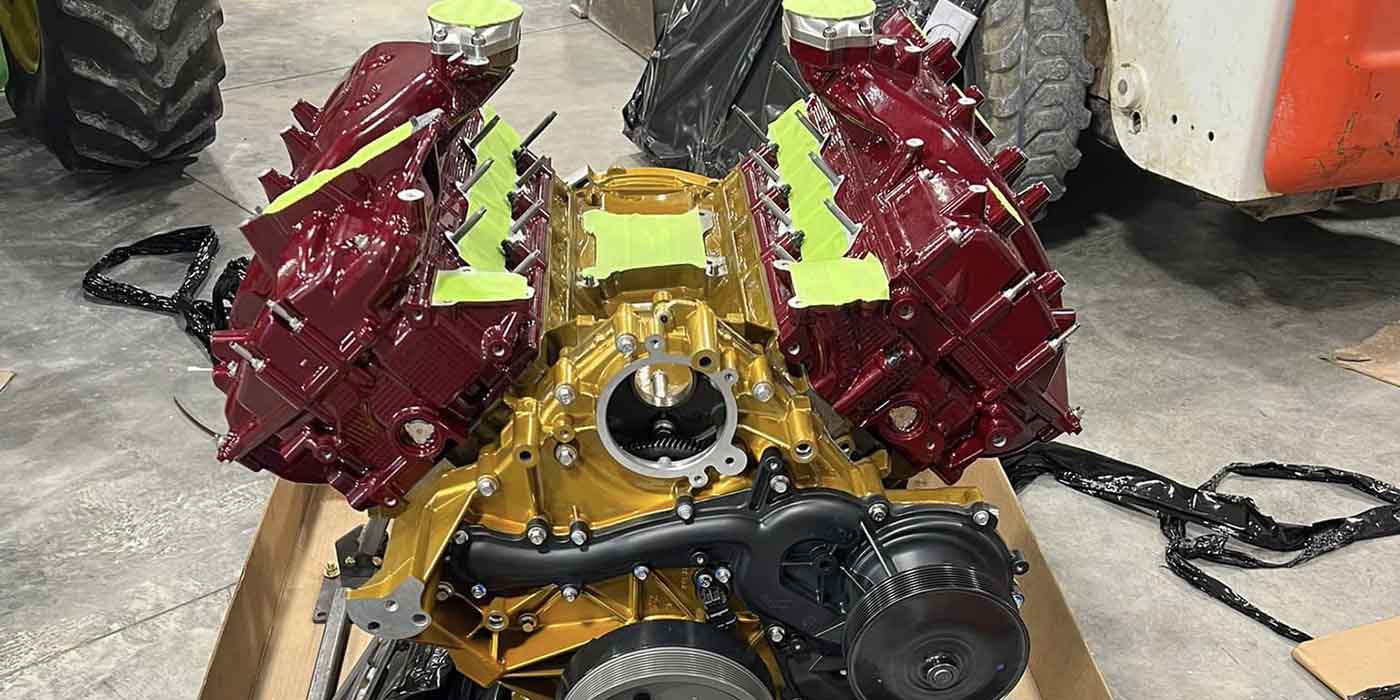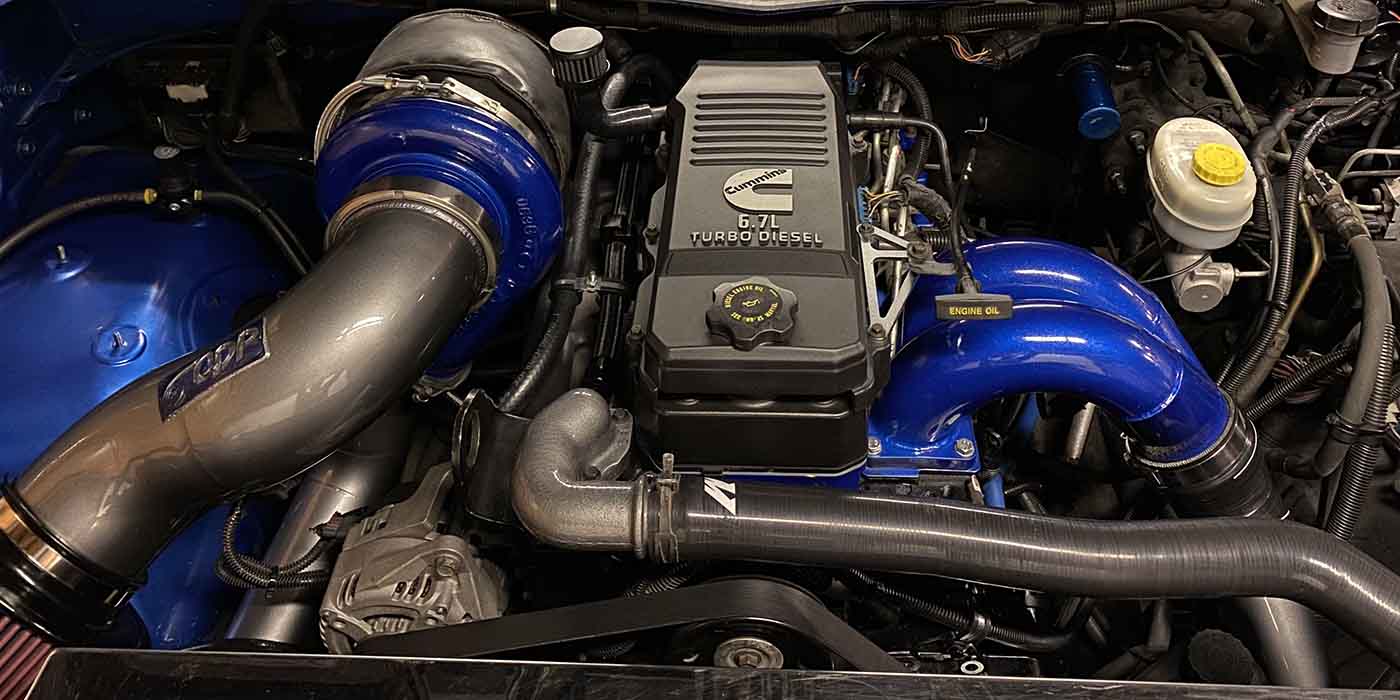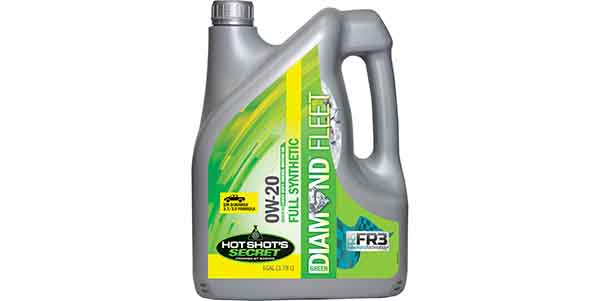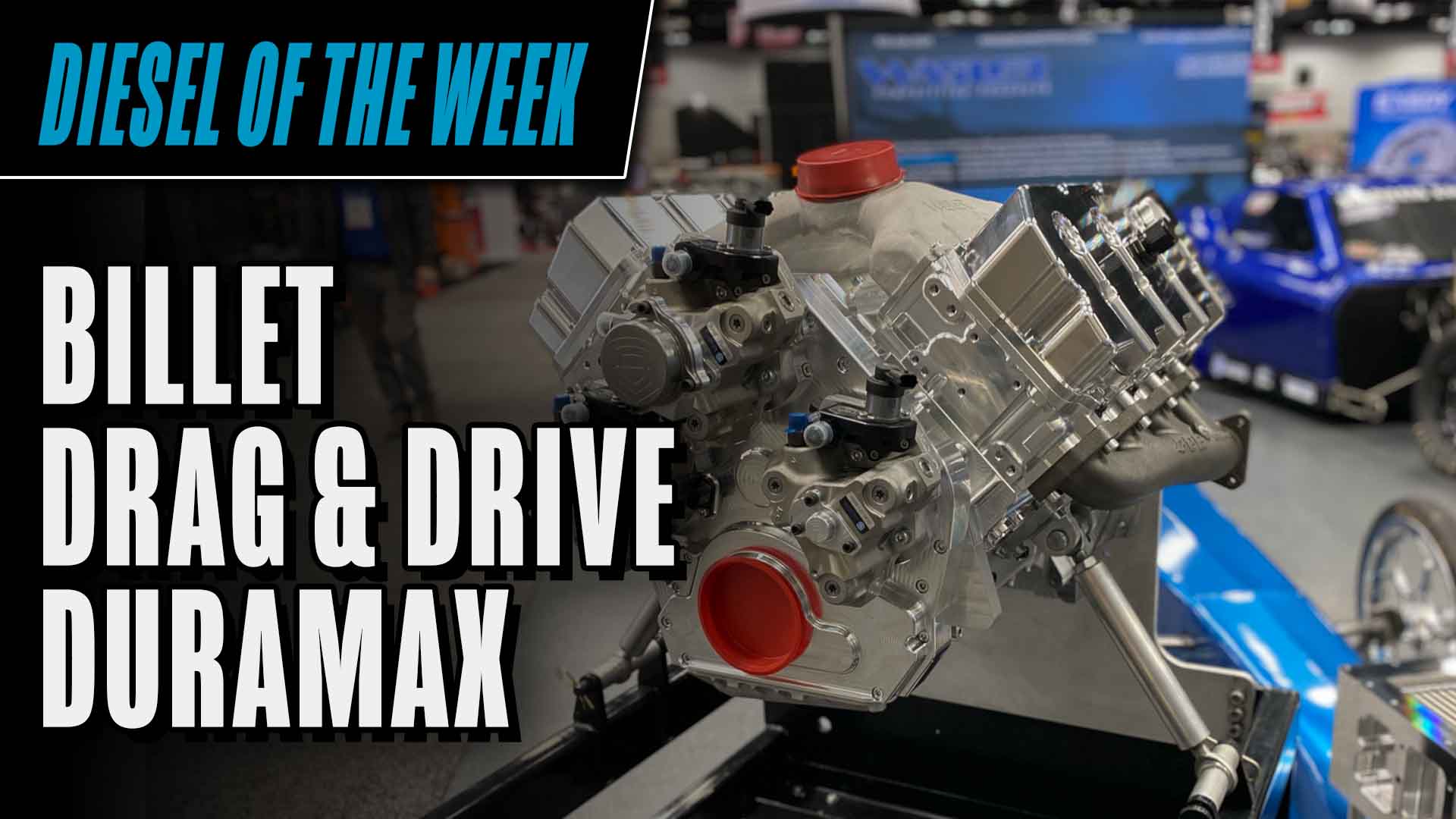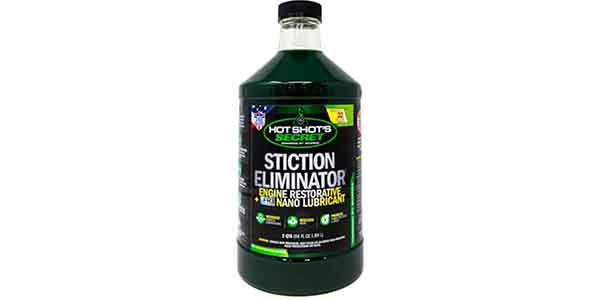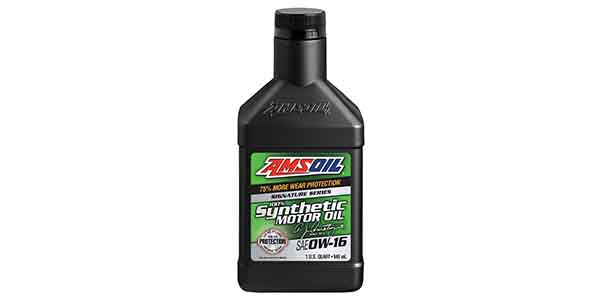Diesel of the Week is presented by

Trailers are the enemy to Stonington, IL native Jason Bliesner. If he needs to take his crown jewel of a build somewhere, he’s driving it there, showing it off, burning some rubber, then driving it home the next day. He will undoubtedly get hundreds of stares, comments and applause along the way.
To some, he’s abusing it, but to Jason, he’s just having a good time and enjoying his creation. The ride in question – a chopped and lowered rat-rod ’41 Chevy school bus with a P-pumped 12-valve 5.9L compound turbo Cummins engine.
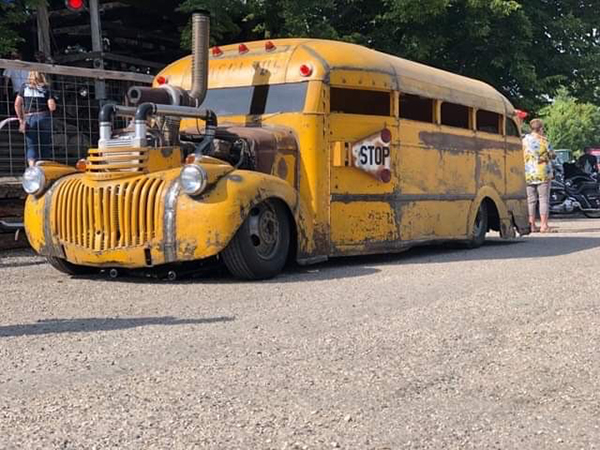
Bliesner is more than a fairly busy man. Between running a construction company, operating a bar, owning a carwash, and managing several rental properties, he still found time to commit to his passion project.
Growing up, Bliesner’s father owned a junkyard where he collected classic cars. Even now, he continues to buy them and has around 150 cars from the early ‘30s up through the ‘60s. Attending auctions and scouting for interesting vehicles has become second nature for both of them.
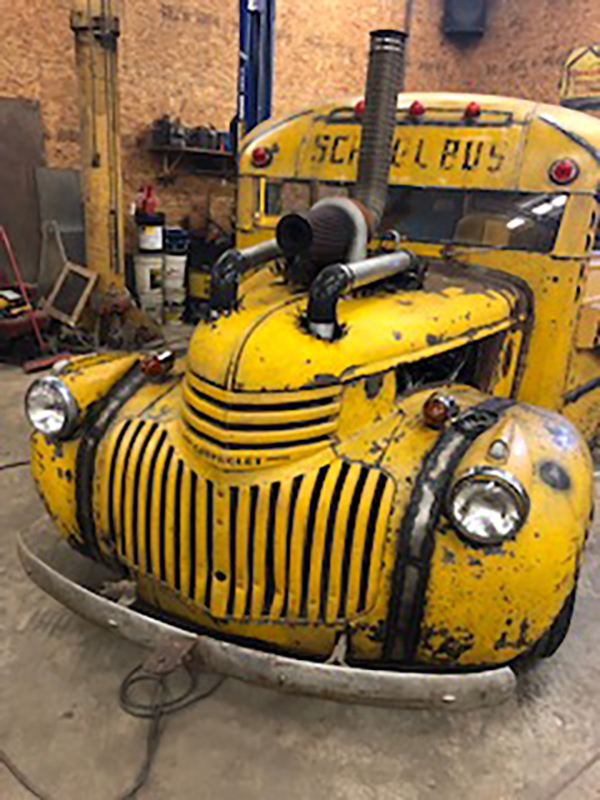
The pair traveled 700 miles away from home to bid on an old Ford bus. After being out-bid, they came home with their Chevy bus for a cool $2,700. The next step was making some refurbishments and finding a proper engine to place under the hood.
“I’ve always wanted to do something crazy with diesel,” Bliesner says. “I don’t have a really big background with diesel, but I knew what I wanted, so my friend and I made it happen.”
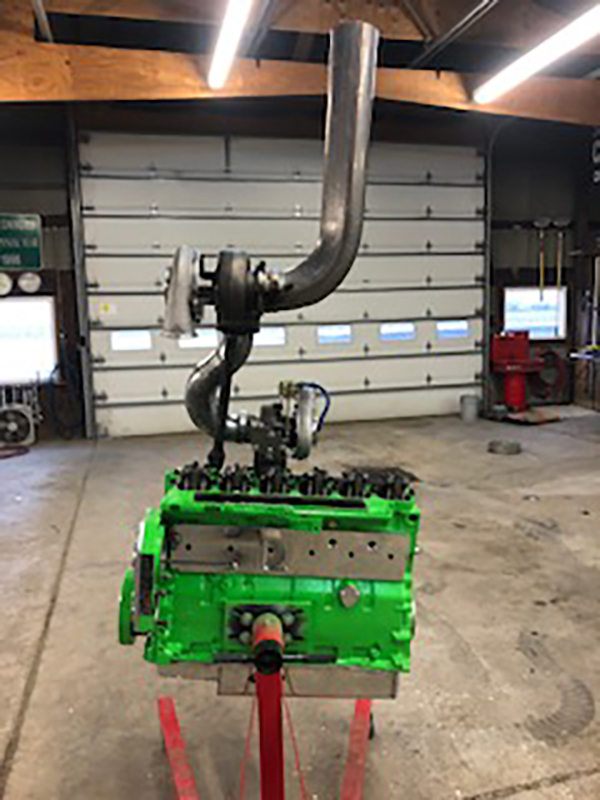
Bliesner went to Iowa to pick up his 5.9L Cummins that he bought on Ebay, something he was wary of at first. The engine was taken out of a Ford bus, and Bliesner opted to tear it apart for a rebuild instead of stacking horsepower on something he wasn’t extremely confident in.
The goal was to create something as close to bulletproof as possible so that he could get as much use of the engine and vehicle as possible.

“The 5.9L is probably the most reliable diesel engine out there. If you want to, you could put upwards of $100,000 in one of those,” he admits.
Bliesner used his background and expertise to complete most of the welding and fabrication work on the vehicle and requested the help of a few other businesses and friends with the engine side of things.
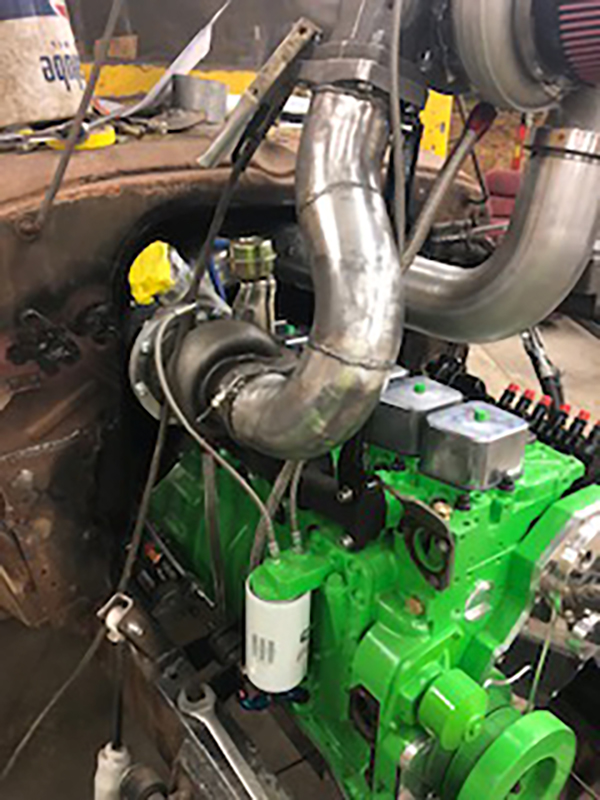
Most of the machine work was undertaken by nearby Quality Engine Machine Shop. Drew DeClerck of DeClerck Custom Machine assembled the refreshed 5.9L and Scheid Diesel cut the block for fire-rings.
Inside, the Cummins received ARP main and head studs, a Hamilton 188/220 hot street camshaft with tappets, heavy-duty pushrods, and 180-lb. valve springs. The build also received port and polish work performed on the head.
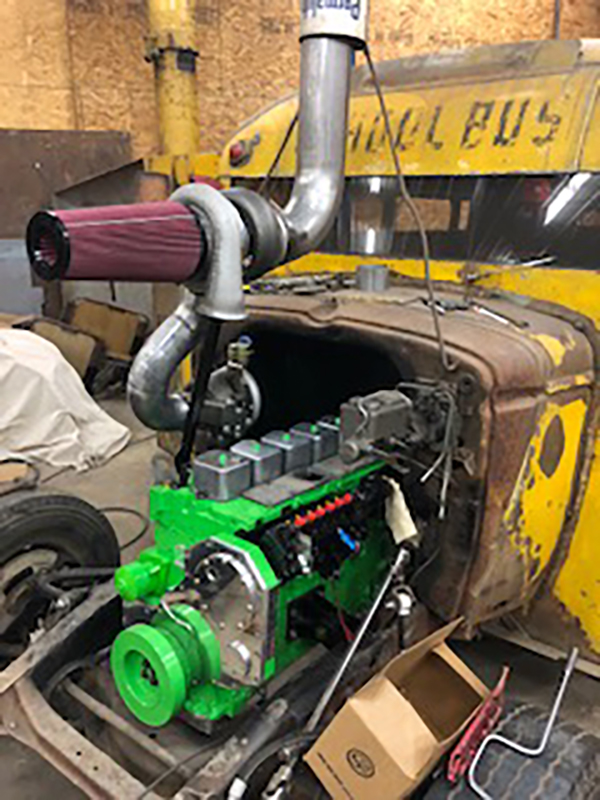
“We put cam bearings in it. Head studded it and got the pump built to 4,500 rpm with a custom cam and 180-lb. valve springs in the head,” he says.
According to Bliesner, the goal of the build was to make it work reliably, not to overdo the power output. The factory manifold was flipped upside down to make room for a compound turbo setup with a 5-inch system and rain cap.
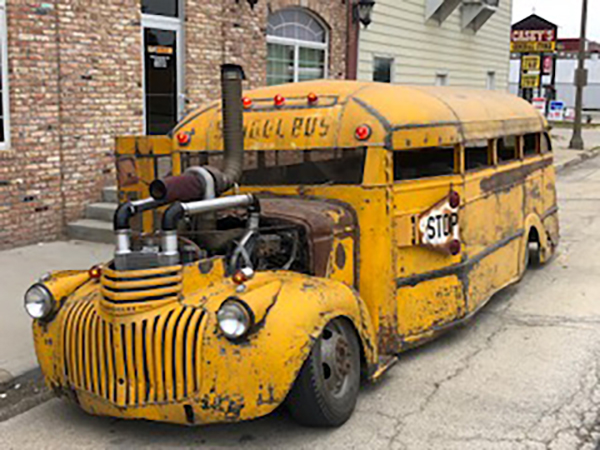
A high-pressure wastegated S363 sits underneath the hood, while a BorgWarner S472 non-wastegated atmosphere charger sticks out the top. The S472 kicks in at around 25 psi of boost.
“The compound setup works flawlessly, and I just thought twin-turbos might be too much,” Bliesner says. “The transmission I have on it right now is already having a hard time keeping up with the RPMs I’m getting going down the highway. More horsepower would make that even worse.”
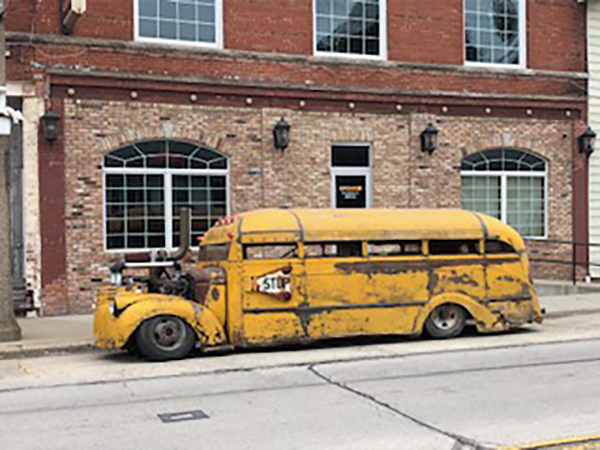
As for the fuel, a Scheid Diesel P7100 fuel injection pump with custom-bent stainless injection lines and 5×13 injectors were installed. A Summit Racing 20-gallon aluminum fuel cell and a homemade fuel system with a FASS 260-gph lift pump power the engine.
With all of its upgrades, the engine puts out around 650-hp and 1,200 lb.-ft of torque.
“I’m happy with how it turned out in the end and truthfully I haven’t had any issues so far,” he says. “I need to upgrade to an Allison transmission sometime soon, but the engine hasn’t done me any wrong.”
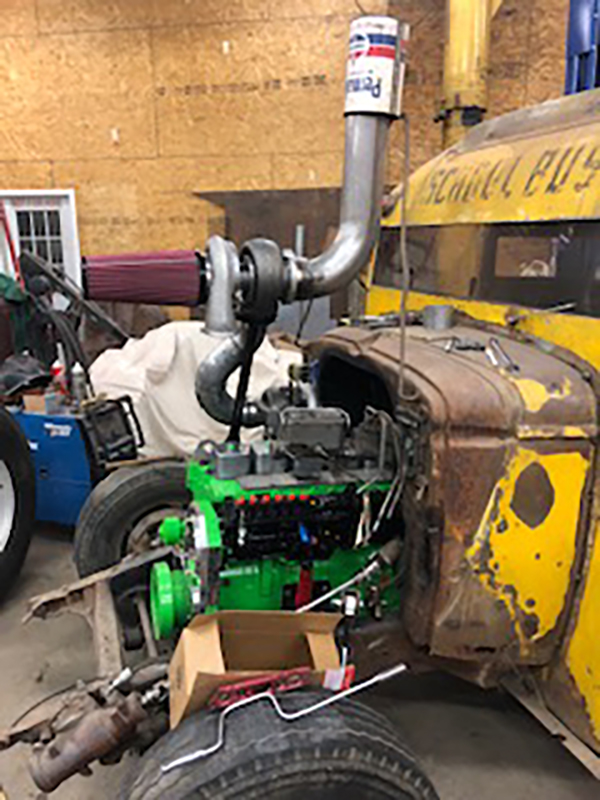
Bliesner regularly takes the rat rod bus out for drives and has racked up 18,000 miles over the past two years. As a gearhead, he often takes his creation to meetups, car shows, bike rallies, or truck pulls. Burnout competitions are another place you’ll likely see Bliesner and his bus.
“I’ll get eight buddies in that thing with me and run at about 80-mph down the highway and it gets 18 miles a gallon and people just are like, what the hell? I’ve gotten pulled over a few times by gearhead cops that just want to ask me questions about it or take a picture, they’re always really nice about it.”
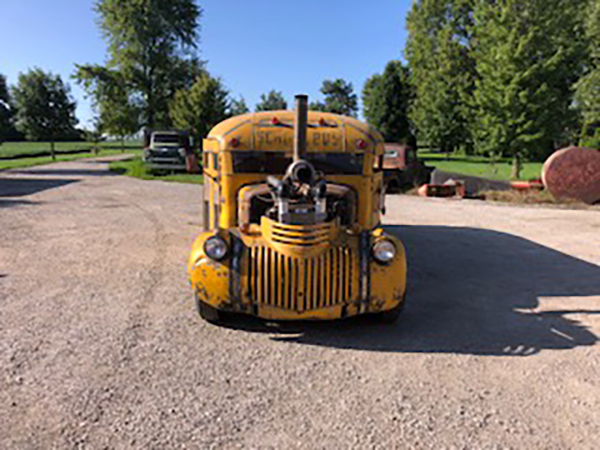
If we saw Bliesner and his Cummins-powered Chevy bus on the road, we’d probably try to pull him over to ask him questions too!
Diesel of the Week is sponsored by AMSOIL. If you have an engine you’d like to highlight in this series, please email Engine Builder Editor Greg Jones at [email protected].

